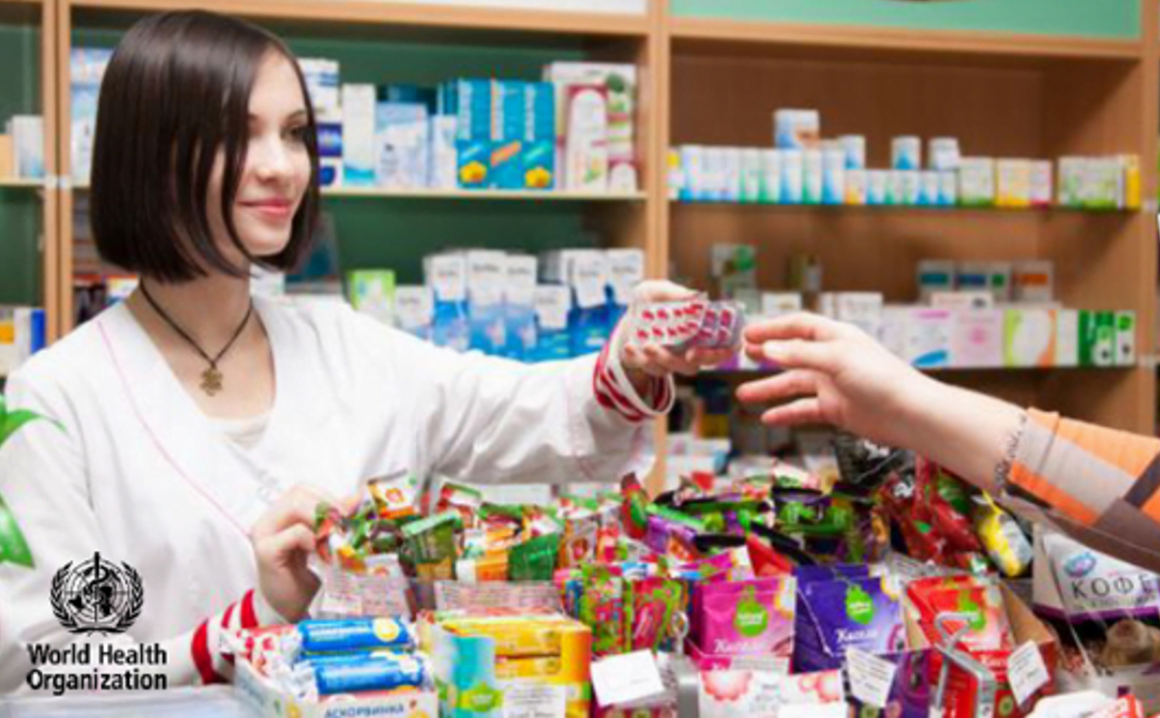Sometimes there are so many frightening things going on in the world that the quiet apocalypses go undiscussed. One of those is the ongoing crisis of antibacterial resistance. Bacteria are evolving in response to human use of antibiotics, and the end result will be a humanitarian disaster. It is not an obvious, straight-line process; there are thousands of kinds of bacteria, and many antibiotic drugs. But it is clear that over time, more types of bacteria are becoming resistant to more types of antibiotic drugs.
The end of this process leaves us with no drugs that work against bacterial infections. A few infections have already reached that point. Extensively drug-resistant tuberculosis is one example; a few rare cases may be treatable but the vast majority of patients die before any treatment can be found.
Antibiotics are a tragedy of the commons situation; every individual generally benefits from taking antibiotics, but the accumulation of overall usage is destroying the effectiveness of these drugs. While taking antibiotics when you actually have a serious bacterial infection is necessary, much antibiotic use is not actually necessary. Antibiotics are often taken by people with viral infections, or no infection at all. And using antibiotics when you don’t have a bacterial infection breeds resistance even faster.
The World Health Organization (WHO) is attempting to address unnecessary use of antibiotics through a worldwide campaign, called “Antibiotics: Handle with care.” As part of the campaign launch, they released a report featuring the research behind the campaign. The research results are about what you’d expect – people have heard of antibacterial resistance but don’t know what it is, they think you can treat colds and flus with antibiotics, and they stop taking their antibiotics as soon as they feel better instead of finishing their treatment. (PSA: don’t do that. It’s a huge cause of resistant bacteria). These are all well-known trends in antibiotic use. It’s useful to have them quantified by WHO but not surprising.

One key result, though, is surprising. Most people (81%) say they were prescribed or provided by a doctor or nurse. Conventional wisdom holds that the major source of unnecessary antibiotic use comes from individuals buying the drugs retail in order to self-medicate. There has been a lot of focus on regulating antibiotic sales in order to require prescriptions. The survey data indicates that people aren’t generally buying antibiotics without a health care provider’s advice. We need, then, to focus on finding ways to get health care providers to stop recommending antibiotics when they’re not needed. We also need to find out why prescribers are doing this. Are they unaware of which infections require antibiotics? Are they giving in to patient pressure for unnecessary antibiotics? Or is there an incentive to prescribe them?
This WHO research, and the campaign that goes with it, are small steps in an enormous problem. No one wants to live in a world where appendicitis, syphilis, or ear infections are fatal. If our antibiotics lose effectiveness, though, that will be exactly what we’re facing.
